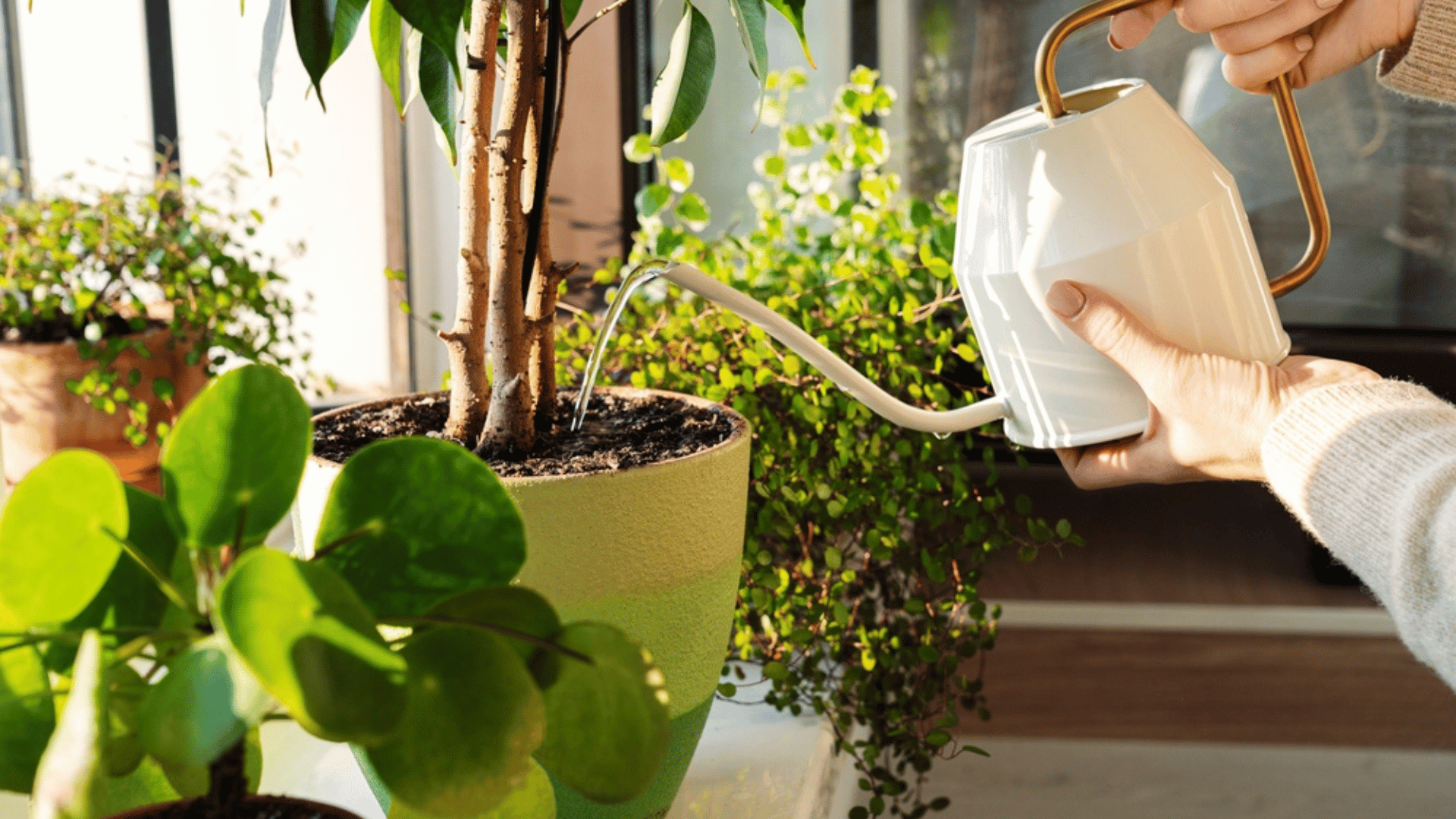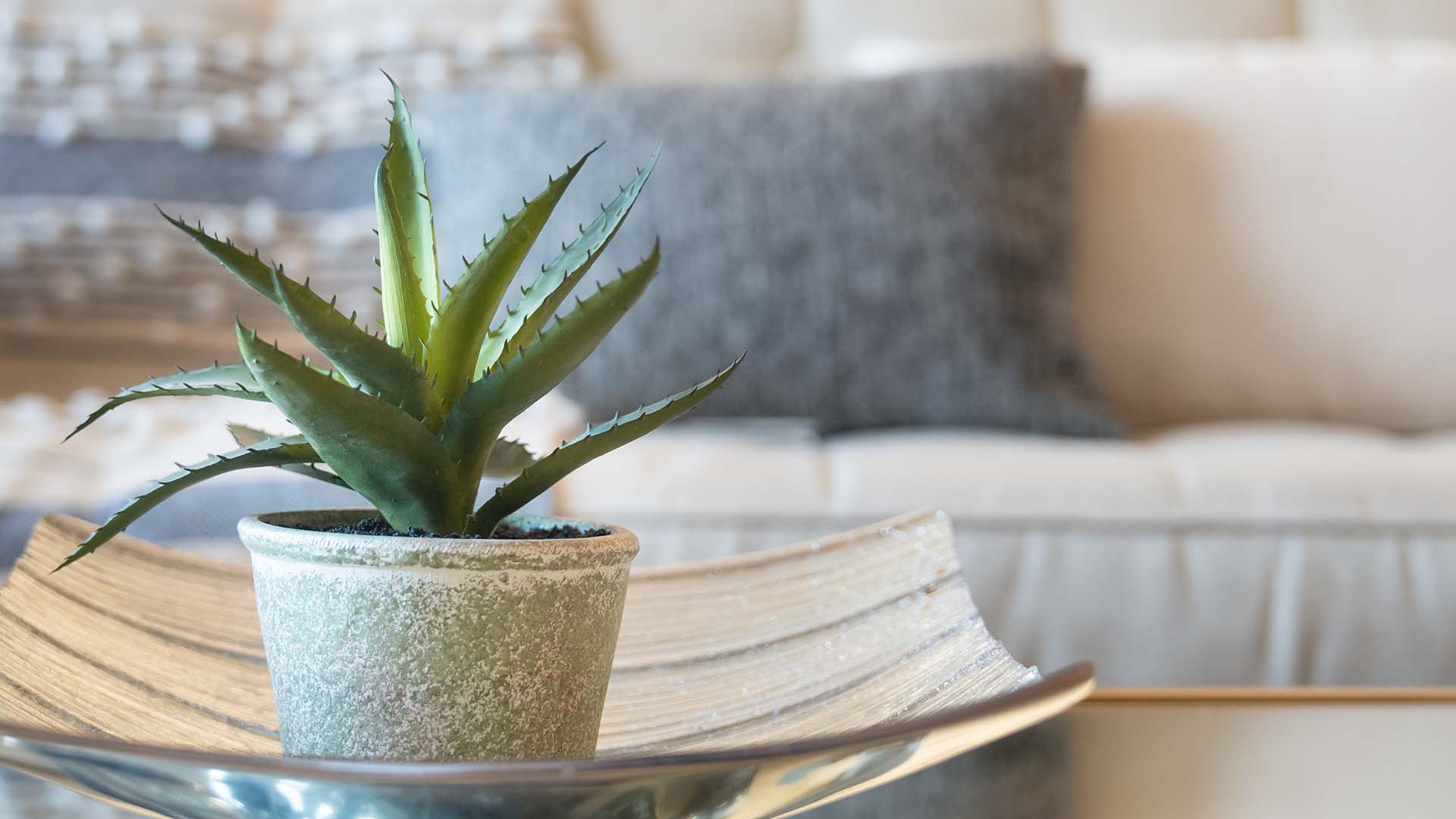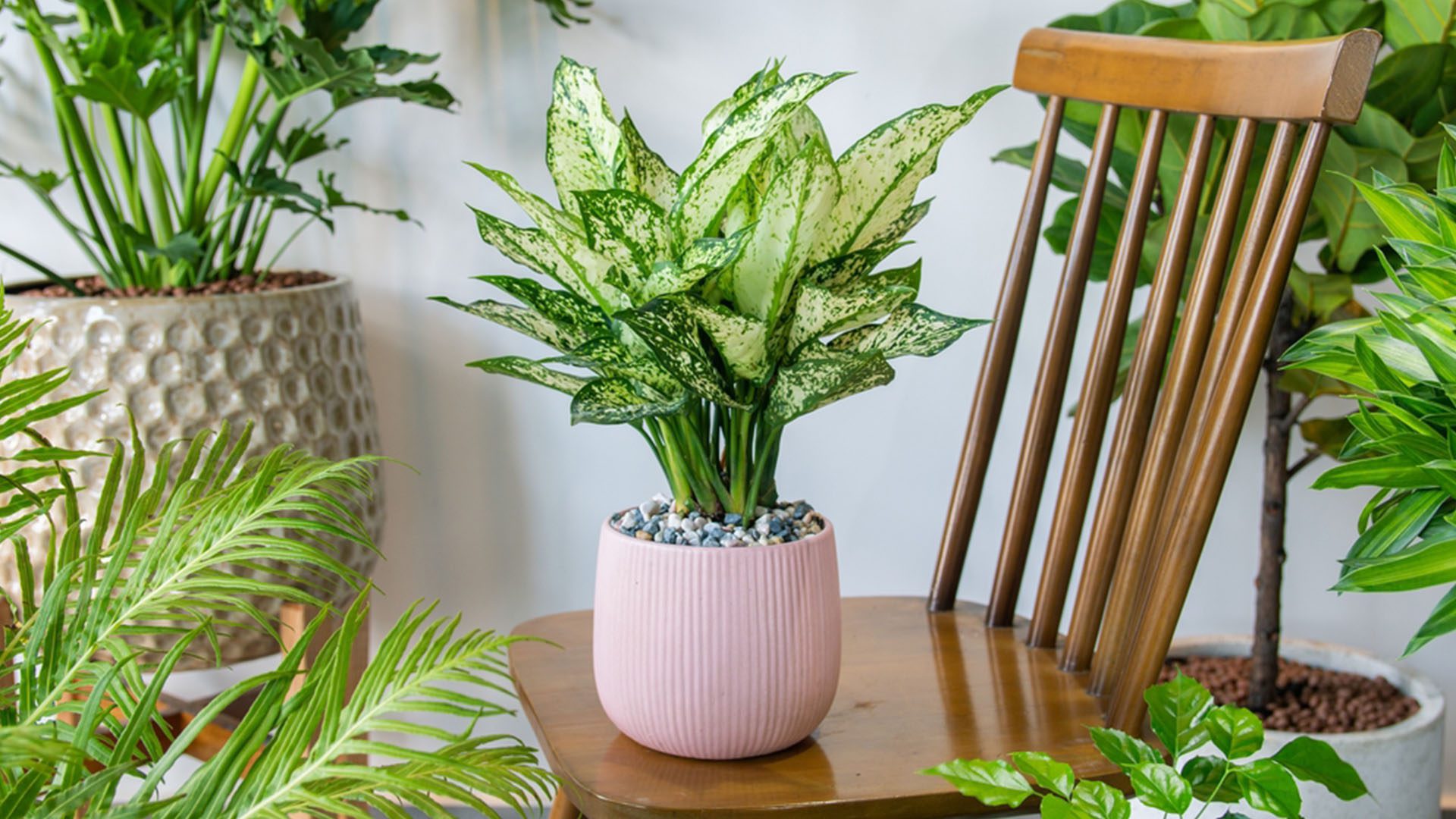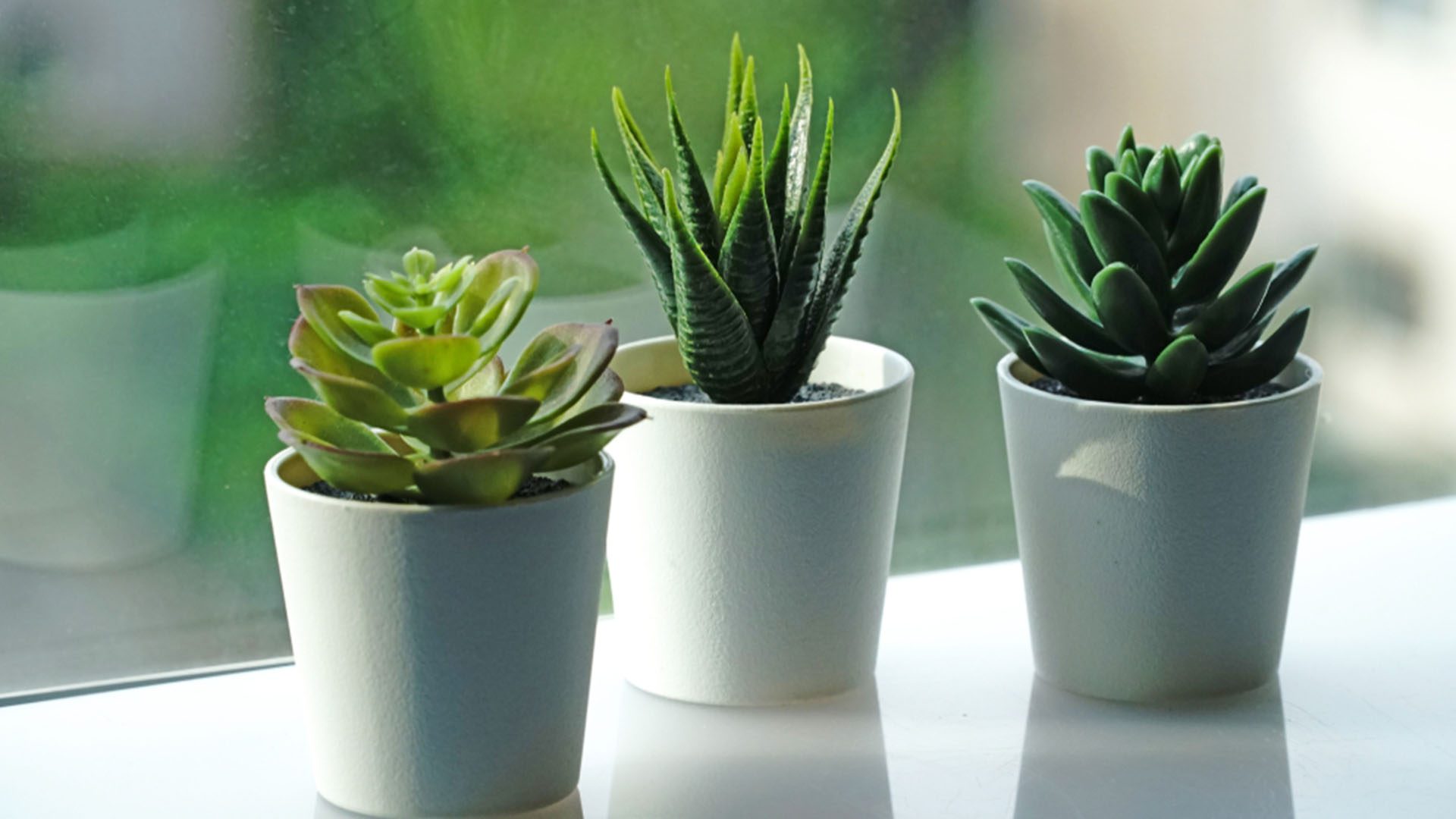Amidst the massive heat wave rolling across the country, plant parents are taking steps to keep their houseplants safe from the heat.
1) Add More Frequent Watering

Plant owners need to adjust their watering schedules during the summer in general, particularly during a heat wave, as plants require more water. During a heat wave, container houseplants may need watering either once or twice daily.
The difficulty for plant parents is ensuring they provide enough water without overwatering, which can also damage their plants. The rule of green thumb is to check the soil as deeply as possible and only water your plants when they are dry. Additionally, it can be helpful to water plants in the morning or evening when it’s cooler so that less water will evaporate.
According to Karen Mitchell, a Purdue University College of Agriculture consumer horticulture extension specialist, another pro-tip would involve bottom watering your plants. This involves placing a pot with a hole in it in a layer of water about an inch deep. The roots will soak up the moisture and distribute it through the soil, typically taking 10 minutes to an hour, depending on the size of the plant.
2) Protect From Air Conditioning

The other danger for plants during a heat wave is the stress from the added air conditioning, which can dry out plants and soil and can also be bad for certain plants that prefer more tropical climates. Plant experts recommend first ensuring your plants are out of the direct path of an air conditioner or vent.
Explore Tomorrow's World from your inbox
Get the latest science, technology, and sustainability content delivered to your inbox.
I understand that by providing my email address, I agree to receive emails from Tomorrow's World Today. I understand that I may opt out of receiving such communications at any time.
It’s also recommended to move plants to rooms with higher humidity, such as the bathroom or kitchen, during times of heightened air conditioner use. This should be done strategically while ensuring that your plants are still getting the sunlight they require. Other experts recommend using a humidifier or grouping plants together around a dish of water.
3) Avoid Heat Stress

We all know to put on sunblock to avoid sunburns, but did you know that your plants can also get sunburnt? This can cause plant leaves to lose their color and/or become brittle, which can particularly affect plants with larger leaves.
This can be avoided by moving your plants out of direct sunlight or covering them with a shade covering or umbrella when temperatures spike. According to Emily Griswold, a director of horticulture at the UC Davis Arboretum and Public Garden, adding mulch around the roots of a container is another means of giving plants resilience to heat because it allows them to conserve moisture and regulate soil temperature.







